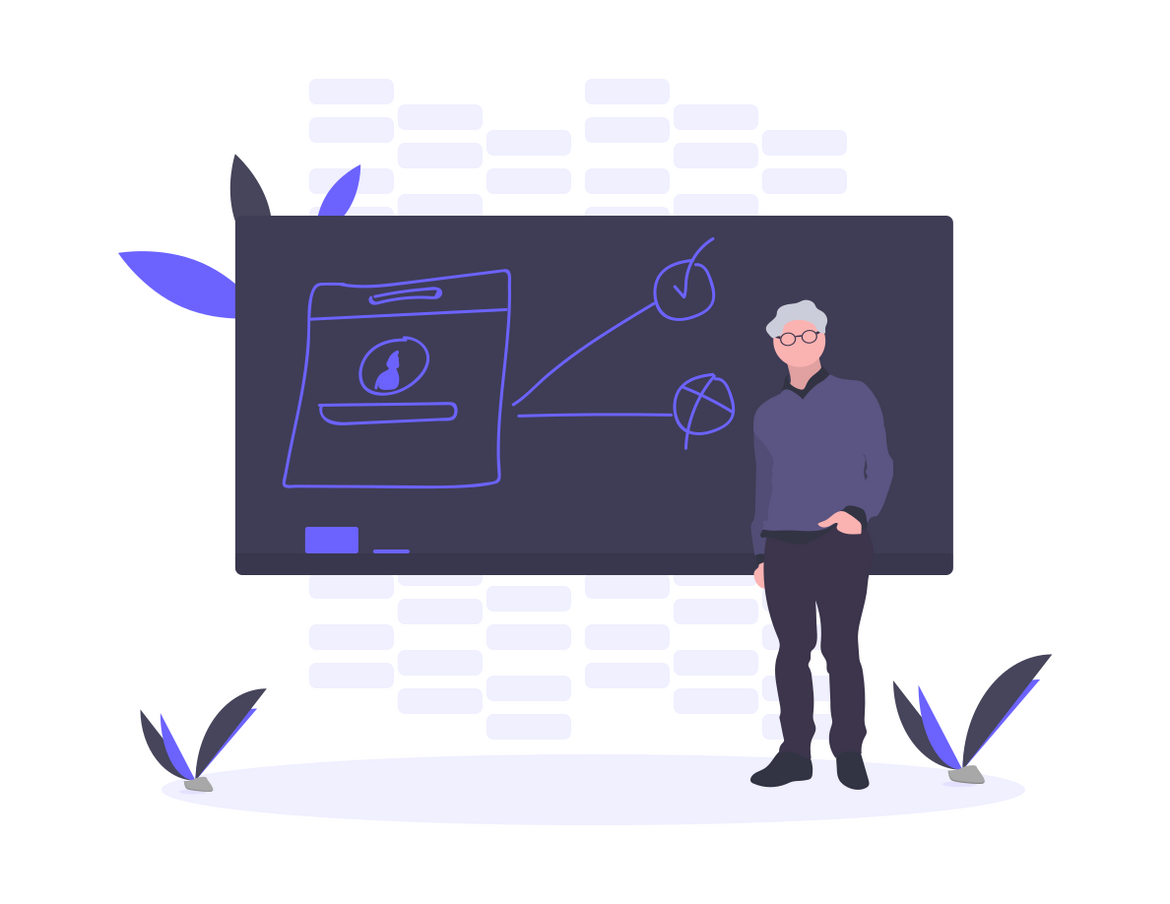Emerging Sales Signals: 5 trends to consider for incentivization in 2021
In 2020, we saw a paradigm shift in several industries and how quickly the sales team had to acclimatize to evolving sales trends. There is a growing awareness about the need to invest in new sales technologies such as CRM apps and AI. Yet a survey by Datawell found that only 1 in 5 sales teams have the right tools.
The message is quite simple: Efficiency may be of prime importance for survival. But when people are demanding more from businesses, selling and managing a sales pipeline will be about establishing authentic human connections.
Let’s deep dive into the top trends that are likely to affect businesses and the way they empower their sales teams in 2021.
1. Tailoring sales incentive strategy to the changing environment
Buyer journeys today are longer, omnichannel, and require regular updates and multiple meetings with the customer before purchase. The adoption of e-commerce, and utilization of inbound sales and marketing strategies further complicates sales. Hence, many companies cannot rely solely on traditional sales attribution models anymore. More and more businesses are implementing incentive programs throughout their organizations, especially for their sales reps, in order to boost sales productivity across different selling channels.
In fact, we are also seeing new actionable attribution models across such companies –
- Companies are adding new and specialized sales roles
- Companies are adopting novel methods of team-based selling
- Companies are also investing heavily in new digital channels
Based on this classification and borrowed from research by McKinsey, we have summarized and augmented a few innovative sales incentive schemes:
| Traditional | Fielo’s take | |
|---|---|---|
| Role-specific incentives | Only one sales incentive scheme across the whole sales team | Inbuilt incentive templates and consulting for incentivizing different behaviors in sales consultants, account executives, account managers, sales representatives, sales managers, regional sales managers |
| Split incentives | 100% credit for only one sales rep | Offer team-based incentivization in terms of - - Profit-sharing - Gainsharing - Goal-based incentives - Merit-based incentives - Monetary or non-monetary incentives To encourage group goal-setting, collaboration, and teamwork |
| Pipeline incentives | KPIs, targets, and payouts referring to deal closure only | Behavioral incentivizing - Instead of incentivizing closing of deals, reward the stages of the opportunity pipeline, number of demos given, number of quotes provided, the number of discovery meetings |
| Omnichannel incentives | Only direct sales incentivized | Incentivize the sales team for engaging with customers and selling on several channels such as chatter and social media. Integrate with revenue intelligence platforms such as Gong to replicate sales rep success |
| Advanced analytics-based target setting incentives | Basic business intelligence used for target setting | Using data warehouses, data lake, and data mining technology to hyper-personalize buying journeys and sales processes |
| Globalization | Team-wise allocation of incentives | Sales incentives now have to find ways to bring global sales teams together that are now distributed and working remotely from different parts of the world. The complexity of designing and delivering such incentive programs needs to be considered |
The complexity of new sales incentive strategies makes managing them manually nearly impossible. Therefore, companies will need to adopt specialized AI-powered tools and incentive solutions to meet these contemporary requirements.






